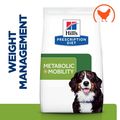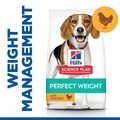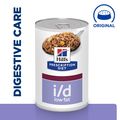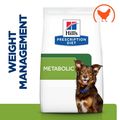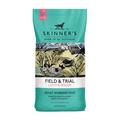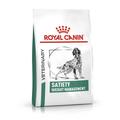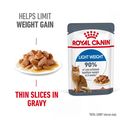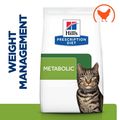Overweight pets make up a majority of the general population of UK pets, which is a startling statistic. And while many pet owners are aware their pet is a bit on the heavy side, few know how to help them shift the pounds and achieve a much healthier weight.
When it comes to weight loss, first things first. It is vital that you know how much your pet weighs, and how much they should weigh for a dog of their age and breed. If you’re unsure, consult your vet for advice. Once you have a figure in mind, you have a goal to aim towards.
Calculate calories – when you know how much your dog should weigh based on its age and breed, you can calculate how many calories are needed each day, and therefore the amount of food you should be feeding. If your dog weighs 25kg but needs to lose five stone to be at their ideal weight, follow the feeding guideline for a dog weighing 20kg.
Account for treats – it can be tempting to give treats every so often, but you need to ensure you are accounting for these in the daily calorie allowance. As few as 30 extra calories per day can equate to a pound of weight gain over the year. Try to choose low-calorie, sugar-free treats made up of a single ingredient, such as apple slices, or cubes of butternut squash.
Prepare to adjust – following a feeding guideline is well and good, but in certain situations they will need adjusting. Feeding guidelines are actually formulated for adult, un-spayed or un-neutered animals, which many of today’s pets aren’t. Those that are spayed and neutered will have different calorie requirements, as will older and younger animals. Indoor lap cats often need fewer calories than highly active outdoor cats so, again, the feeding guideline will need adjusting. Your vet can help you determine this.
Measure meals – it may sound pernickety but ‘guestimating’ how much food your pet needs will completely undermine any weight loss progress you make. You might as well just give them the whole bag and allow them to eat what they want! Do your best to measure meals and refrain from feeding any more. Leaving food down all day can work if your pet doesn’t like to eat everything in one go, so long as you don’t keep filling the bowl up but stick to the allocated daily amount of kibble.
Choose a low-carb food – when you look at many food labels, you’ll find that they contain as much as 60% carbohydrates. Instead, you want to be looking for diets high in protein, with whole sources of meat protein, and a balanced blend of vitamins and minerals. You can also find many diets specifically geared at weight management, which would be worth speaking to your vet about.
Exercise is key – as little as 20-30 minutes of brisk walking a day is enough for some dogs, while 15 minutes is all that’s needed to boost immune function in cats. As well as better immunity, exercise can improve heart health and reduce many behavioural problems found in pets. Come rain or shine, there really is no excuse for being inactive as the health benefits extend both ends of the lead.
If you have any advice or personal experience of helping your pet shed the pounds, we'd love to hear from you! Please comment below with your thoughts on this discussion.
Written by: Hannah

